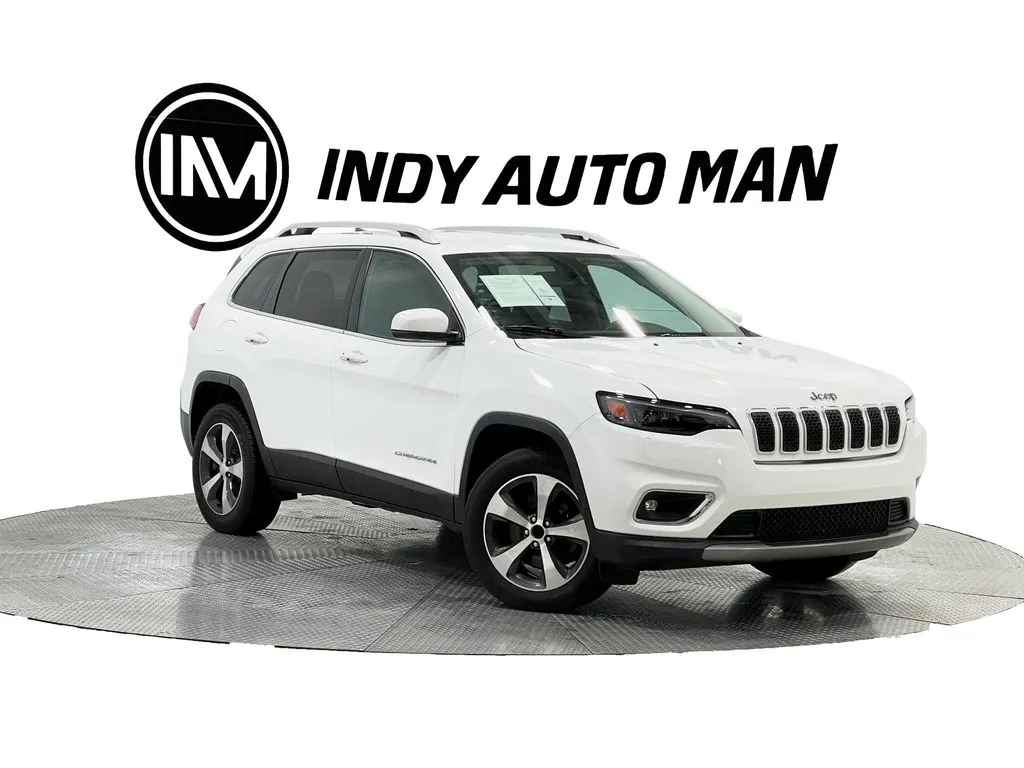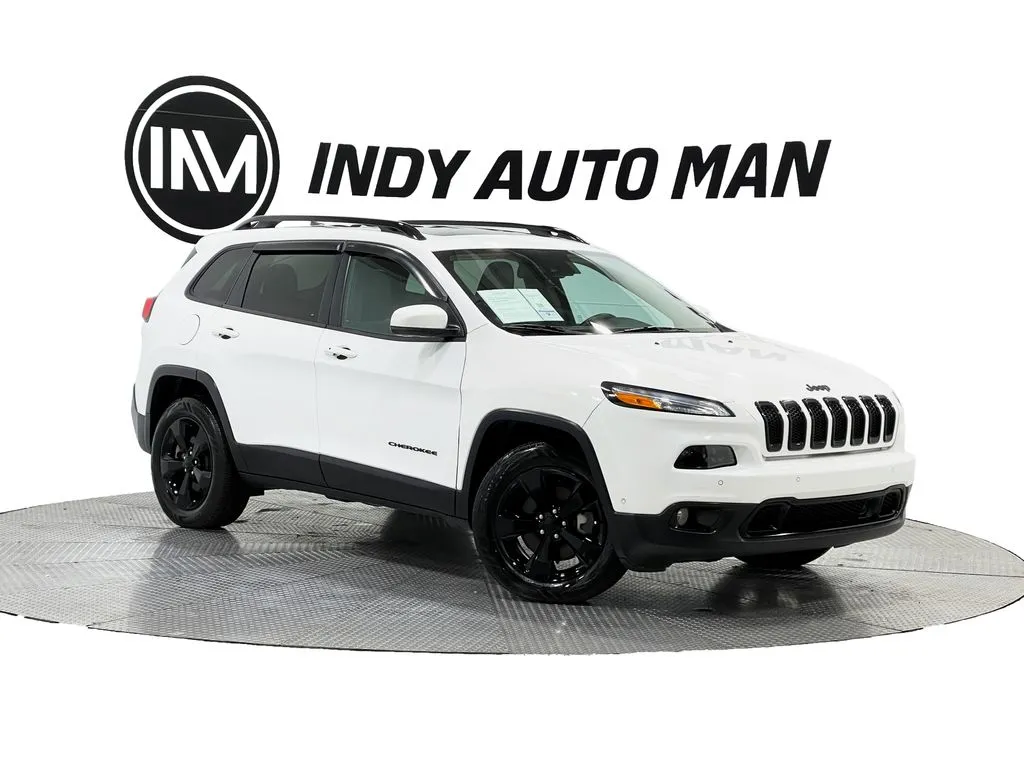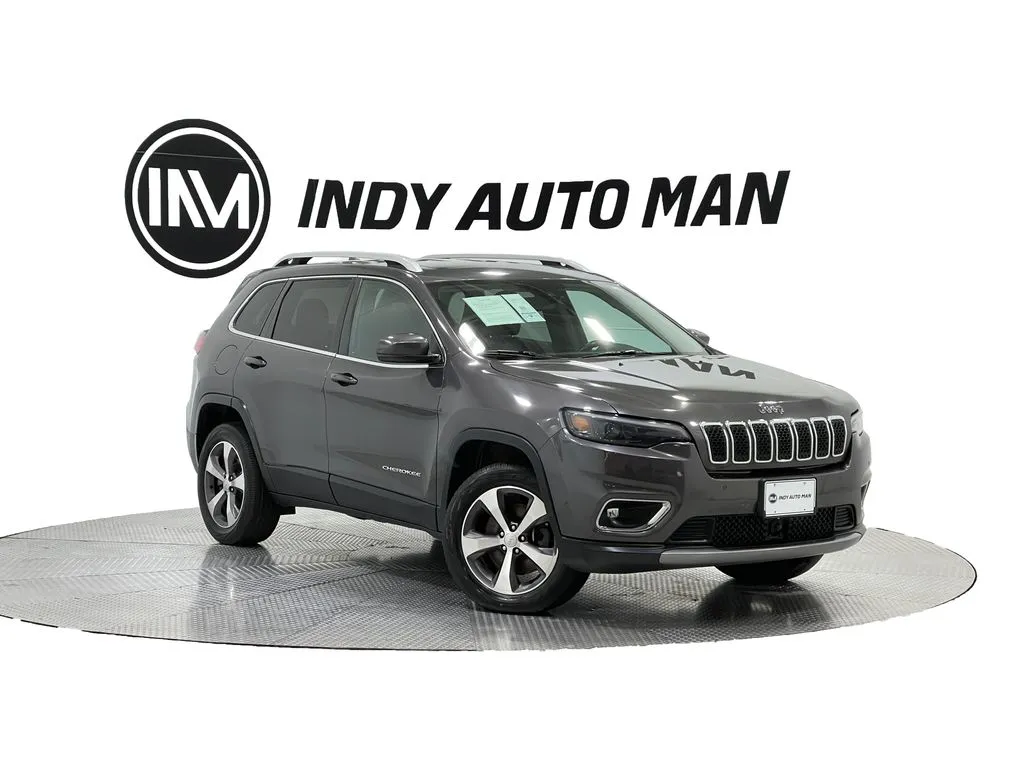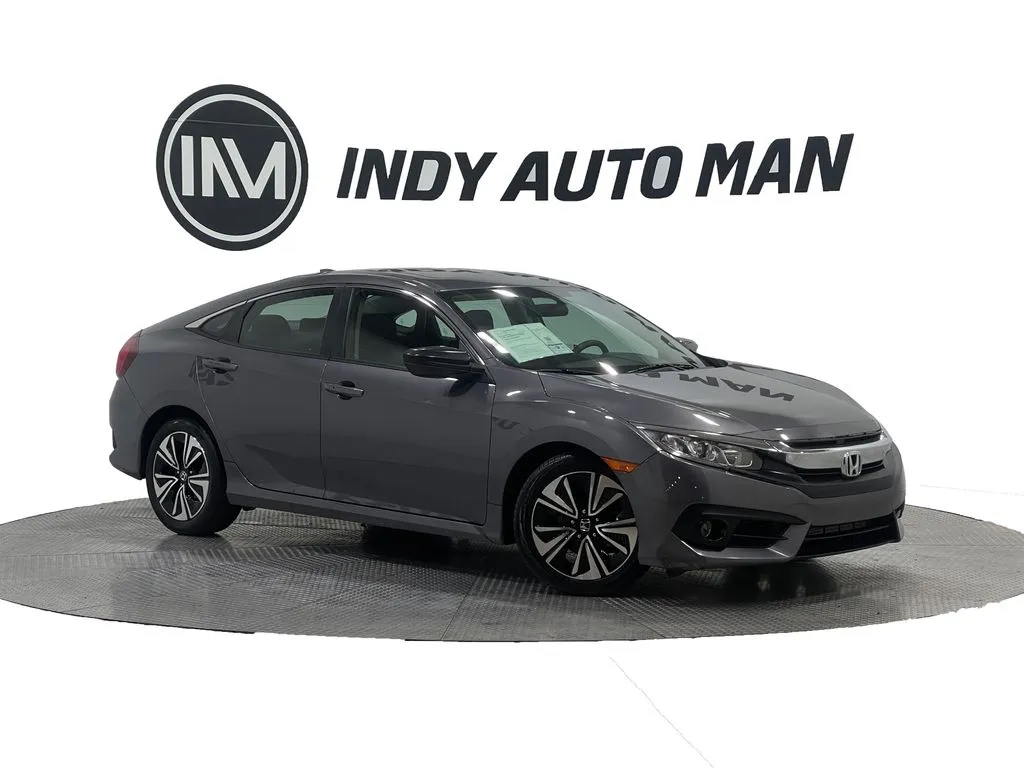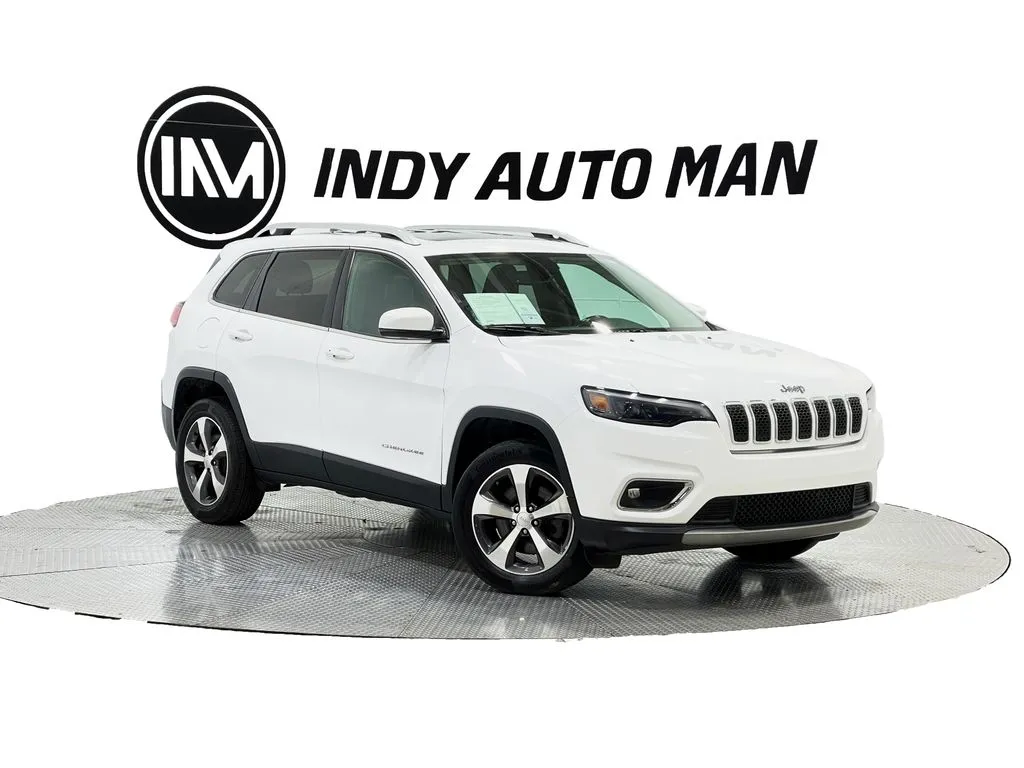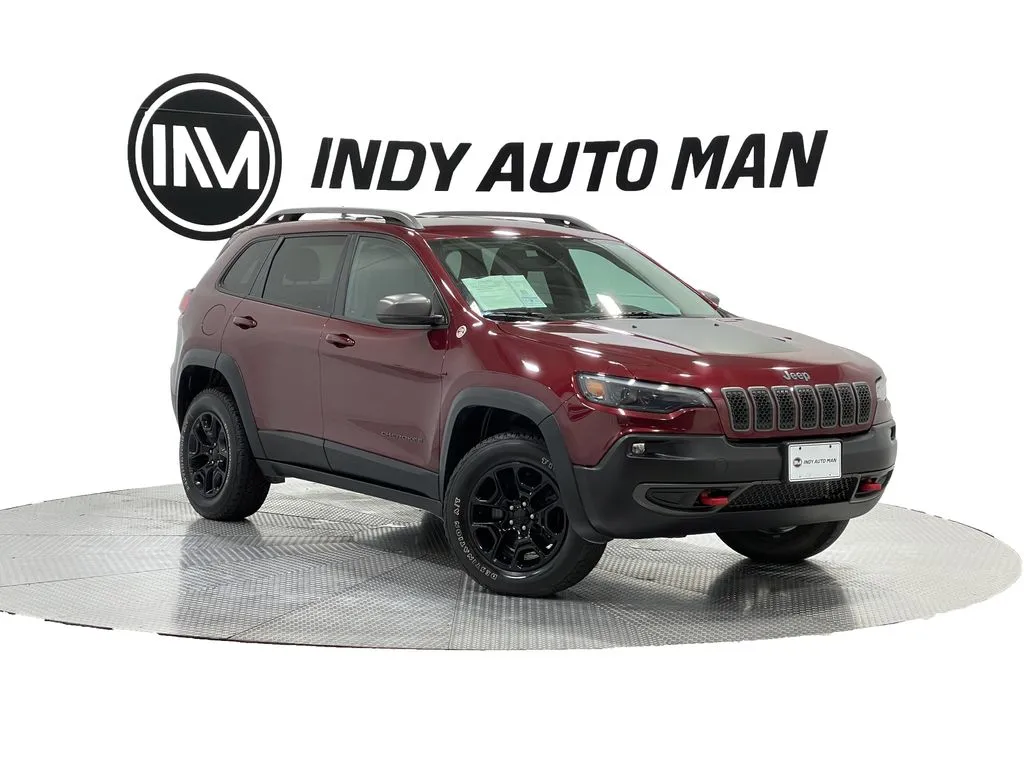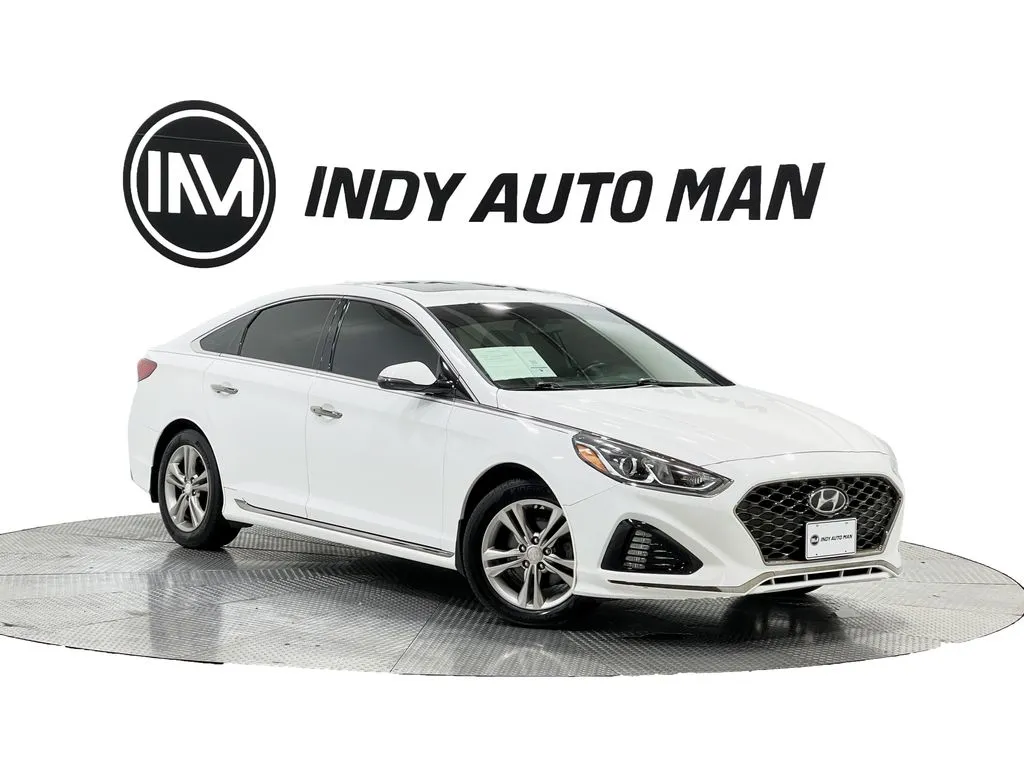Sunroof vs. Moonroof: Which Is Better in a Car?

A sunroof is a pleasant addition to the car’s equipment. There are several types of these devices, and today, we prepared a sunroof vs. moonroof comparison to help you decide which type to look for in used cars for sale in Indianapolis, Indiana.
What is moonroof and sunroof difference?
Moonroofs and sunroofs differ primarily in their material: moonroofs are generally glass, while sunroofs are usually solid, often color-matched to the vehicle. Furthermore, moonroofs are typically non-removable, a contrast to some sunroofs.
In detail:
A sunroof is a panel made of metal that is mounted on the roof of a car, truck, or SUV, allowing it to either slide open or pop up to let light and air into the cabin. In contrast, a moonroof is typically a clear or tinted glass sliding between the roof and the headliner and can often be tilted to allow fresh air inside.
The term "sunroof" originally referred to the first type of sunroofs installed in vehicles. Until the early 1990s, these sunroofs were part of air conditioning, even in budget-friendly car models. This was due to the complex technology required for cabin cooling, which could raise the vehicle price by approximately 20%.
A sunroof hatch is characterized by its opaque design, typically made of metal and painted to match the car body color. However, there are also glass versions of this type, including those equipped with electric photocells, so this distinction is not the most significant. You can open sunroof hatches manually or via an electric mechanism, which allows you to lift, retract, shift, fold back, or several actions depending on the model.
Types of hatches

Based on the opening system, such hatches were divided into several subtypes: sliding, lifting, sliding built-in, lifting and sliding, double sliding, and folding.
- Lifting hatches - manually opened upward and fixed at a certain angle.
- Lifting and sliding hatches are operated by an electric drive and slide back along guides on the roof. When opened, these hatches rise noticeably above the roofline, often at a slight angle, giving them the appearance of a spoiler on a sports car.
- Top-mounted sliding hatches are also electrically powered and resemble the spoiler-style hatches but open completely without rising above the roof. They frequently come with wind deflectors that automatically deploy when the hatch opens, helping to reduce wind noise and preventing small objects from entering the cabin.
- Double sliding hatches - consist of two flaps located one behind the other, one of which (the front) can be sliding, and the rear one - fixed. Sometimes, both are sliding. A great rarity: such hatches can be found only in Subaru Outback and old Mercedes E-Class models and from newer ones - in the Mercedes-Benz GLC-Class.
- Sliding integrated hatches - are very similar to moonroof hatches. They are made of glass and slide into the space between the interior trim and the roof. This was once done manually, now with an electric drive. Such hatches significantly reduce the height of the cabin, which is not very convenient.
- Folding hatches - most often made of fabric that folds like an accordion. This is a practical alternative to convertibles, but such roofs can easily be an object of vandalism and are rare now.
Find out more about hard-top convertibles.
Why do cars no longer have sunroofs?
With the advancements of the technological revolution, the necessity for hatches primarily designed for cabin ventilation has significantly diminished, making them a rare feature in modern cars.
When did a sunroof become a moonroof?
The first version of the moonroof made its debut on the 1973 Lincoln Mark IV. This moonroof featured silver-tinted tempered glass, replacing the traditional all-metal sunroof panel.
Moonroofs are made of glass - transparent or tinted - and are much larger than their solar counterparts. They can be fixed or completely retracted into the roof like sliding hatches but you can't completely remove them from the car like some sunroofs.
They often come with a sun visor with manual or electric control and a sliding curtain, allowing the driver to protect himself from the scorching sun.
Many car manufacturers - Ford, Chevrolet, Toyota, and Honda - install moonroofs even in lower-price segment models. But you can mainly find such roofs in higher-end car trim levels - for example, in the Honda Civic, a hatch appears in the EX trim level and above. In luxury cars - BMW, Cadillac, Acura, and Lexus - these hatches are always equipped with an electric drive.
Do Americans call a sunroof a moonroof?
Today, many vehicles are equipped with glass roofs that can either slide or tilt open. The terms "moonroof" and "sunroof" are often used interchangeably by both manufacturers and consumers. Typically, a moonroof is considered a premium feature that adds to the cabin's appeal, although it may decrease headroom, particularly in vehicles with sloped roofs.
Panoramic roof: Is a sunroof luxury?

Panoramic roofs are gaining popularity in America and replacing traditional ones. Many high-end luxury cars can boast panoramic roofs in their trims. But sometimes they are installed optionally in more "down-to-earth" cars, such as the Toyota Camry, Hyundai Sonata, and Jeep Cherokee.
A roof of this type consists of two large tinted glass panels that extend over the two front rows of seats, letting in a lot of light. The front panel works as a lift-and-slide sunroof, and the rear is a large fixed panoramic window.
Since the panoramic roof combines the properties of sunroofs and moonroofs, it is called a panoramic sunroof. The term "panoramic roof" is reserved for tightly fixed glass structures.
Choosing a reliable car with a sunroof or moonroof
If you intend to buy a used passenger car or SUV with a sunroof, pay attention to any signs of moisture leaks in the cabin. Even minor traces can cause troubles and costly repairs over time due to the complexity of servicing the roof and interior trim. This is especially important for mortise sunroofs, installed by previous owners.
- Check the seals around the sunroof to ensure they are in good condition and free from any signs of moisture.
- Open and close the sunroof to assess its functionality. It's best to do this before and after your test drive, avoiding any distractions during the trip that might cloud your judgment.
- Regularly monitor the sunroof's performance. Electric motors can fail, drainage channels may become clogged, and the glass can get stuck in the tracks.
Whether a panoramic sunroof or moonroof, this device adds several points to your image and upgrades driving pleasure. Experience all the advantages during a test drive - let us know if you want to buy such a car in Indiana, and we will let you know about all the cars available for sale at Indy Auto Man!

